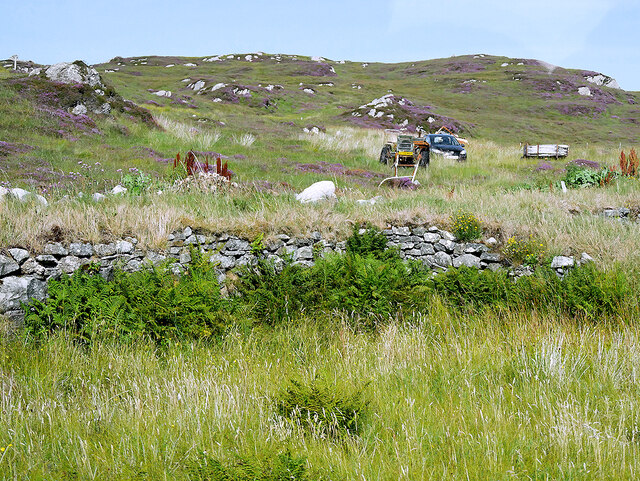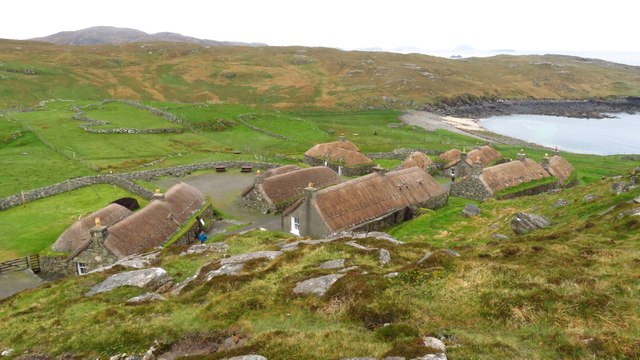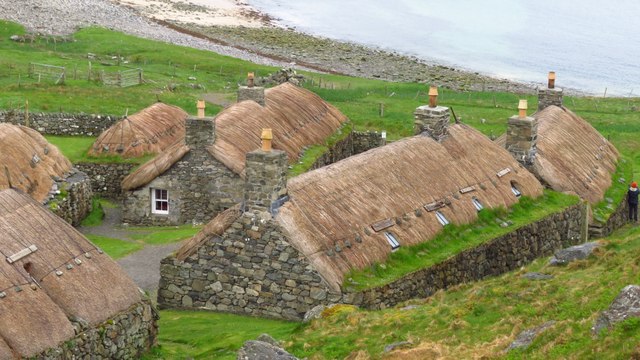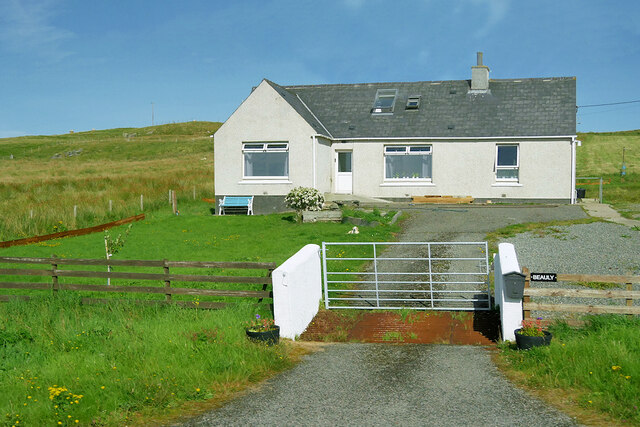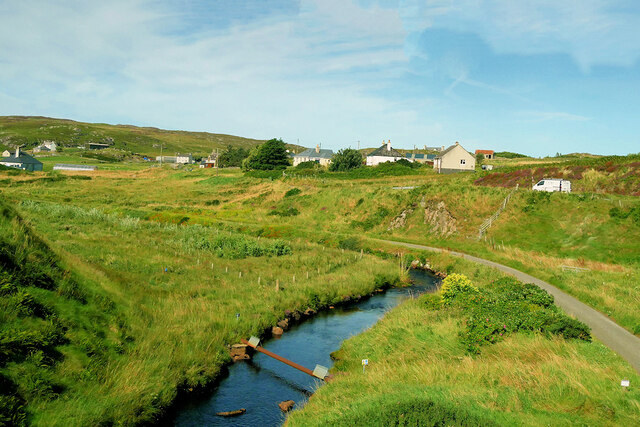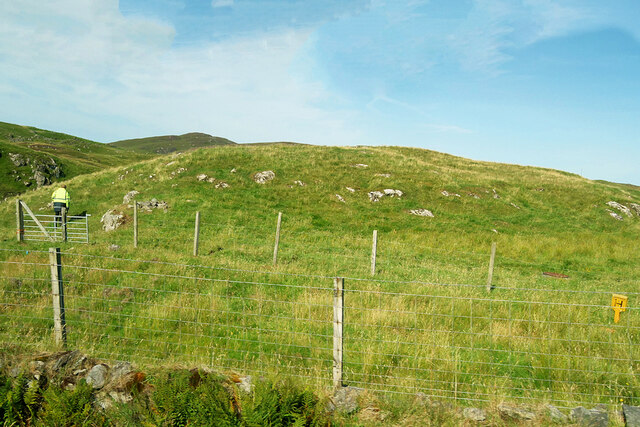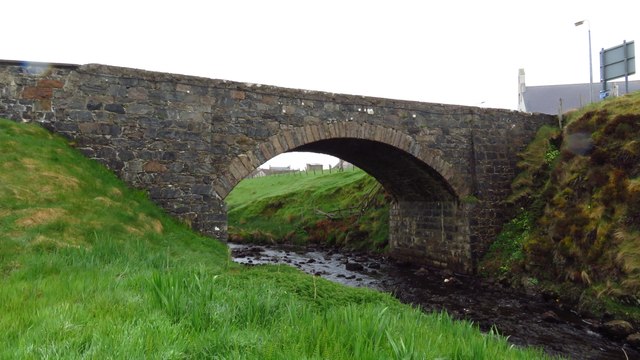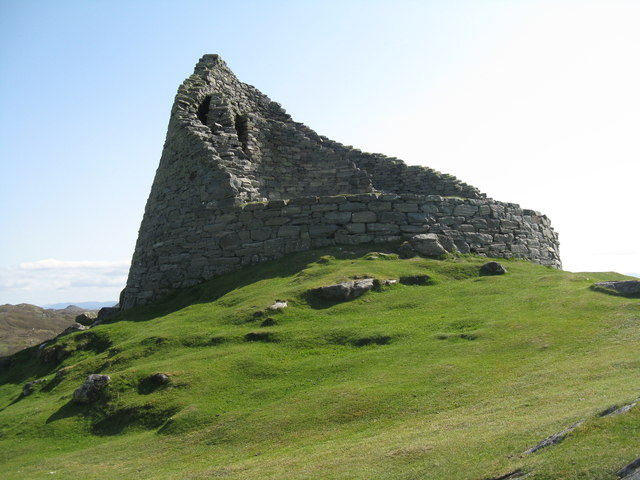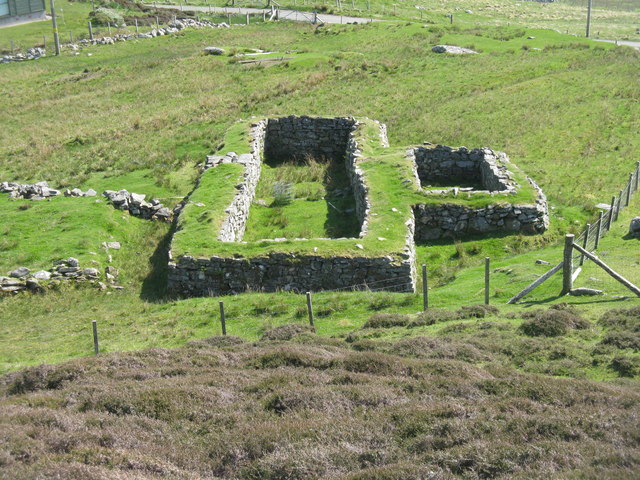Cnoc Eirshader
Hill, Mountain in Ross-shire
Scotland
Cnoc Eirshader
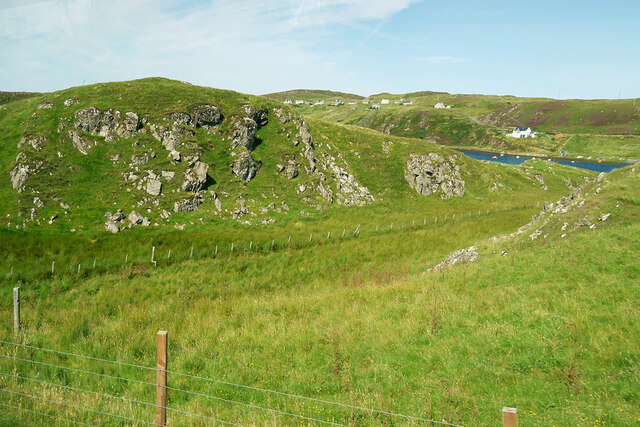
Cnoc Eirshader, located in Ross-shire, Scotland, is a prominent hill that offers breathtaking views and a tranquil atmosphere. Rising to an elevation of approximately 126 meters (413 feet), it is considered a small mountain or a large hill, depending on one's perspective.
Situated near the village of Eirshader, Cnoc Eirshader is a popular destination for hikers and nature enthusiasts. The hill is characterized by its gentle slopes, covered with lush green vegetation during the warmer months. Heather, grasses, and wildflowers create a vibrant tapestry of colors, attracting a variety of wildlife such as birds, rabbits, and deer.
At the summit of Cnoc Eirshader, visitors are rewarded with panoramic views of the surrounding landscape. On clear days, the vista encompasses the surrounding countryside, with rolling hills, scattered lochs, and the distant peaks of the Scottish Highlands. The awe-inspiring scenery offers ample opportunities for photography and provides a peaceful retreat from the busyness of everyday life.
The hill is easily accessible, with well-maintained trails leading to the summit. Visitors can enjoy a leisurely walk or a more challenging hike, depending on their preferences and fitness levels. The route is suitable for all ages and is often enjoyed by families seeking outdoor adventures.
In conclusion, Cnoc Eirshader is a picturesque hill in Ross-shire, Scotland, offering stunning views and a serene environment. Whether one seeks a peaceful walk, a challenging hike, or simply a chance to connect with nature, this hill is a place of beauty and tranquility.
If you have any feedback on the listing, please let us know in the comments section below.
Cnoc Eirshader Images
Images are sourced within 2km of 58.282523/-6.7728704 or Grid Reference NB2042. Thanks to Geograph Open Source API. All images are credited.
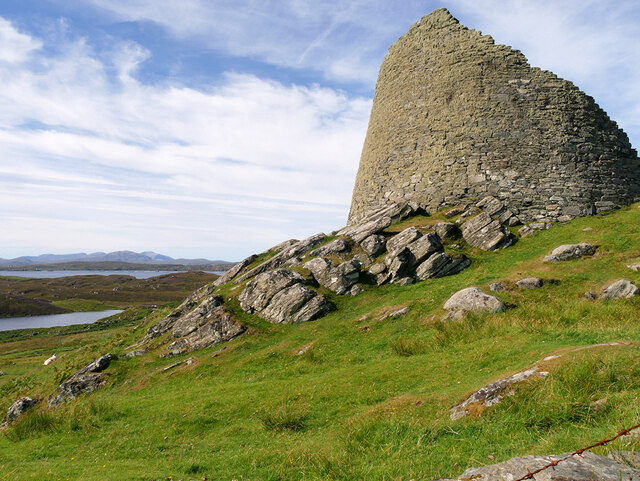
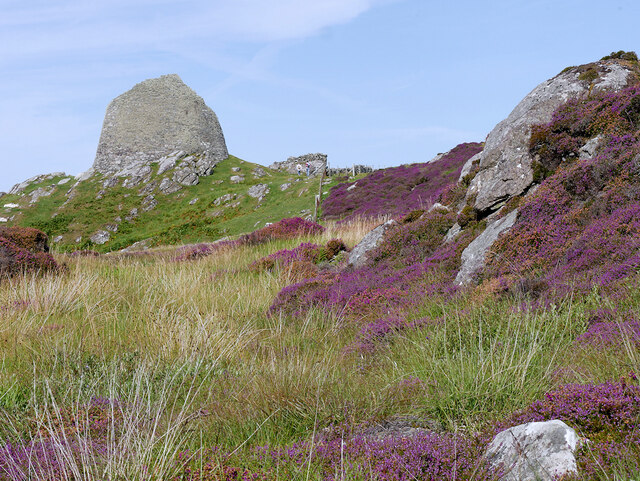
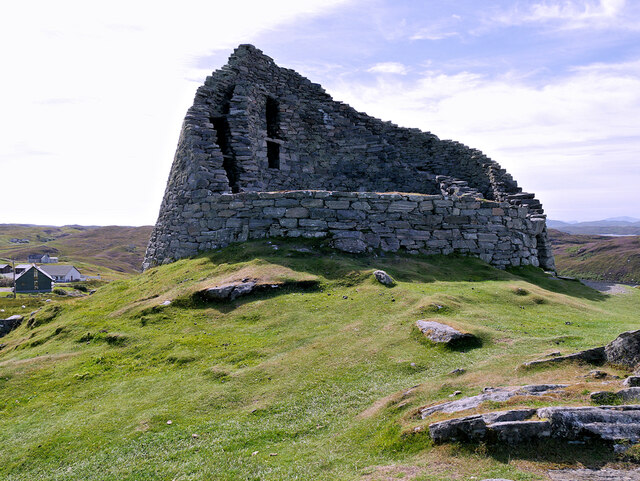
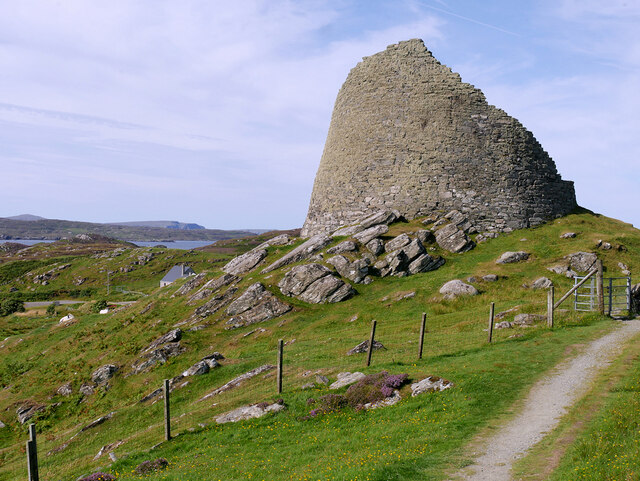
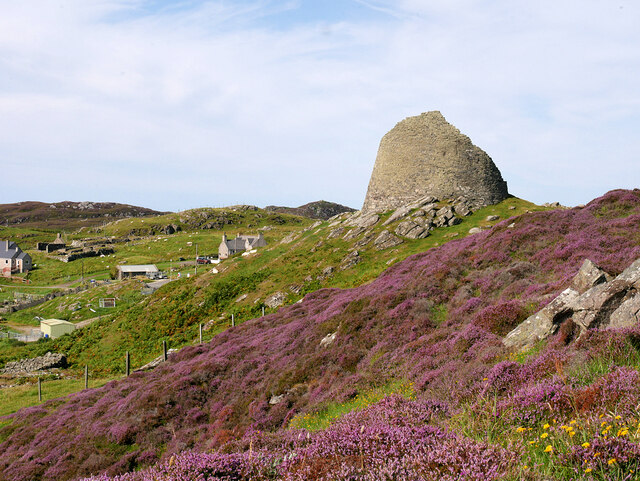
Cnoc Eirshader is located at Grid Ref: NB2042 (Lat: 58.282523, Lng: -6.7728704)
Unitary Authority: Na h-Eileanan an Iar
Police Authority: Highlands and Islands
What 3 Words
///souk.forwarded.zones. Near Carloway, Na h-Eileanan Siar
Related Wikis
Carloway
Carloway (Scottish Gaelic: Càrlabhagh [ˈkʰaːɾɫ̪ə.ɤː]) is a crofting township and a district on the west coast of the Isle of Lewis, in the Outer Hebrides...
Borrowston, Lewis
Borrowston (Scottish Gaelic: Borghastan), with a population of about 50, is a crofting township situated on the Isle of Lewis, on the Outer Hebrides of...
Garenin
Garenin (Scottish Gaelic: Na Gearrannan) is a crofting township on the west coast of the Isle of Lewis in the Outer Hebrides of Scotland. Garenin is in...
Dun Carloway
Dun Carloway (Scottish Gaelic: Dùn Chàrlabhaigh) is a broch situated in the district of Carloway, on the west coast of the Isle of Lewis, Scotland (grid...
Nearby Amenities
Located within 500m of 58.282523,-6.7728704Have you been to Cnoc Eirshader?
Leave your review of Cnoc Eirshader below (or comments, questions and feedback).
